Budapest’s gastronomic scene is a constantly changing and dynamically evolving universe. If one place closes, two others are likely to replace it, but there are restaurants and cafés that somehow leave an unfillable void. Chef Dániel Varga quietly returned to the capital, but his cuisine made such an impression that his fame reached as far as Asia. Introducing the newly opened NÁM—Taste of Asia.
Scrolling through my virtual photo album of memories, I am unsurprisingly struck by the number of food photos. They are more than just a ‘foodie’ collection, as I have saved images that are immediately accompanied by memories of flavors and experiences. Since Angéla Góg and her Confectionery of Memories, we know that the imprints of our past are stored deep in our memory and that a taste can be the key to recalling it, but often the sight is enough to make our mouths water.

For me, one such picture is the photo of an Asian goulash enriched with peanuts and pineapple. I hadn’t even worked for Hype&Hyper yet, and I was only looking at gastronomy as an outsider when I went to AUM restaurant, after having read many recommendations. Surrounded by the panel blocks of Óbuda, the place, located at the bottom of a commercial building in Flórián Square, could at first glance be described as bizarre at best, but strange at least. What happened next is hard to rationalize—tweezers, forks, bell jars, moss, smoke, a million food mosaics, forming a cacophonous yet functioning whole. At first glance, I thought—with all due respect—that someone was having a lot of fun in that place. It soon became clear that, in addition to fun, there was plenty of room for professionalism, because Dániel Varga and Nyikita Szuharev were responsible for the success. The former had lived in Thailand for 5 years and wanted to present the knowledge and inspiration he had gathered there to the domestic audience with a lot of twists. A few months later, they expanded to the city center under the name AUM Natural, and the rest is history—pandemic, lack of tourists, recession... Unfortunately, both had to be shut down. After that, little was heard of them: Daniel moved to the Tihany Yacht Club, where he started to run the Füge Restaurant, and started a family.

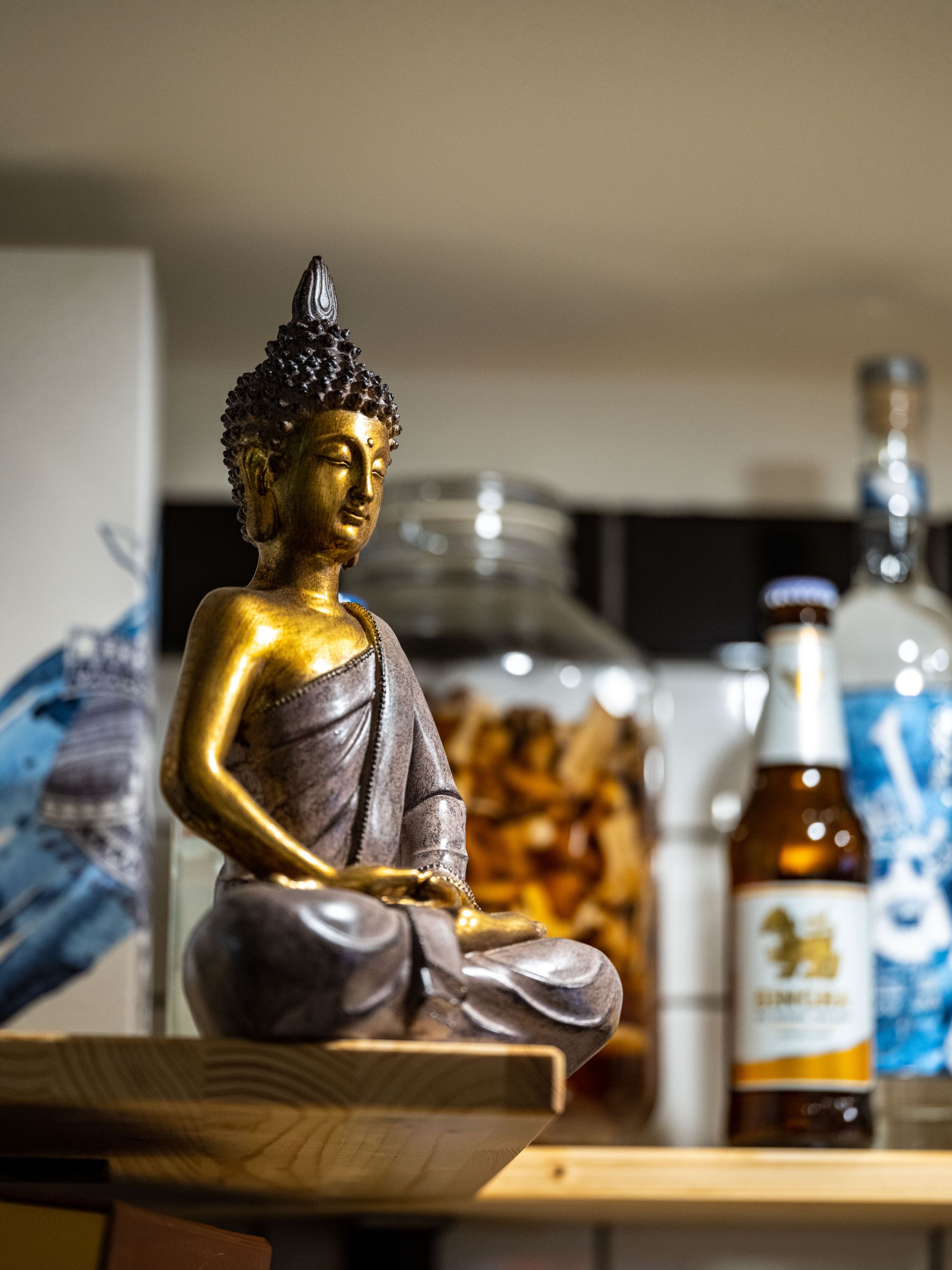
A couple of weeks ago I got a tip that something was going on in Nagymező Street, where Meat&Sauce used to be. The name of the new restaurant is NÁM (meaning ‘liquid’ in Thai), with South East Asian flavors and Dániel as the conceptual designer. Needless to say, I immediately made arrangements and soon entered the 10-seater restaurant, bustling with fermenting jars, spices, and sizzling woks. The rumor was true: the chef was back, if only halfway, with a new team and a new mindset. His right-hand chef is Gréta Jászai, who has worked at Fruccola and Kismező before and also worked her way up to the position of head chef at AUM.
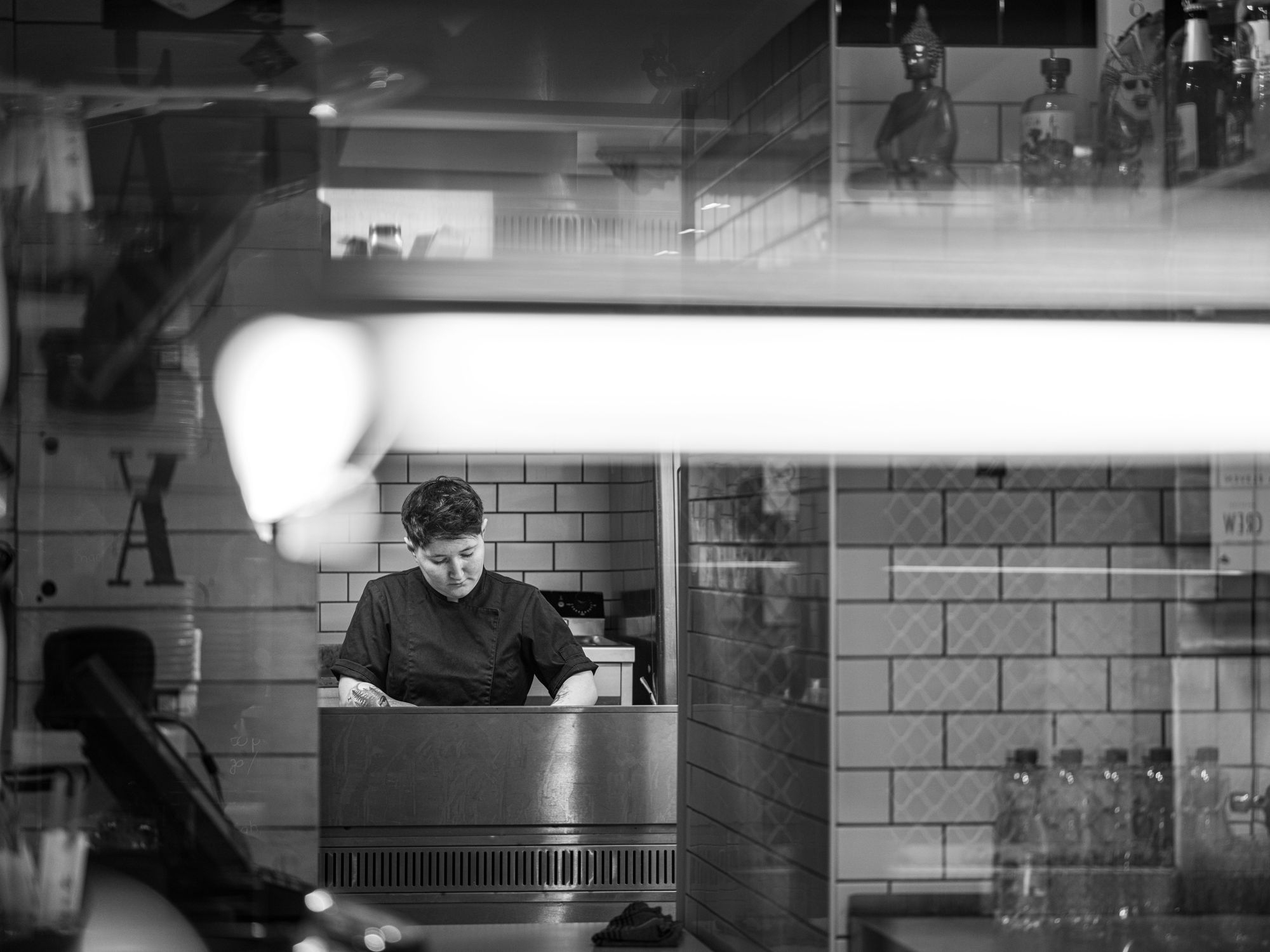
And what’s on the menu? Only they know! Joking aside, there’s always something different, as the menu changes depending on the ingredients. The different categories are the ones that remain constant: the Salt, the Acids, the Umami, the Bitter & Sweet, and the accompanying Hard Stuff. In case you’d ask: these are the five basic flavors, and the different dishes are classified according to these.
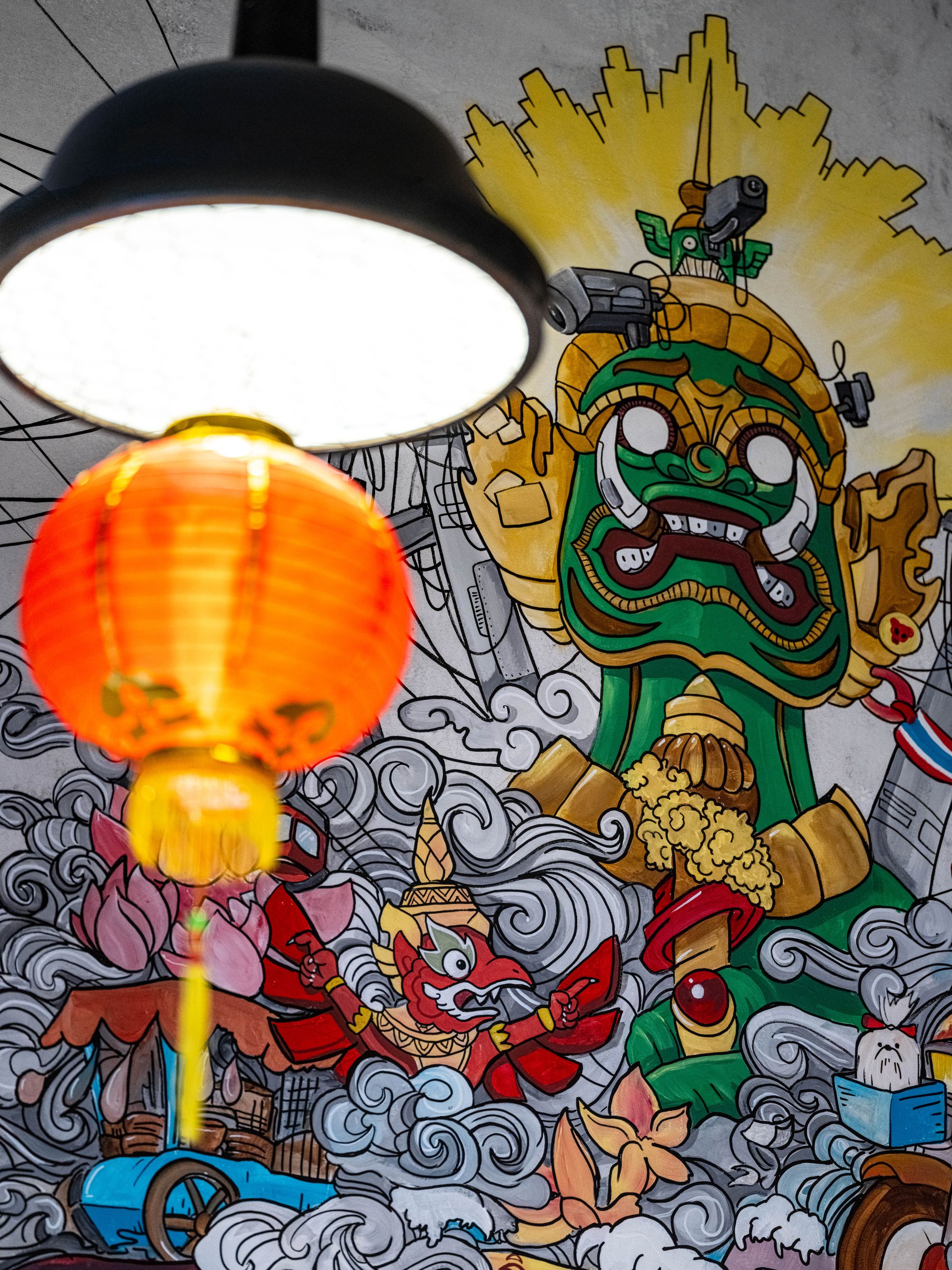
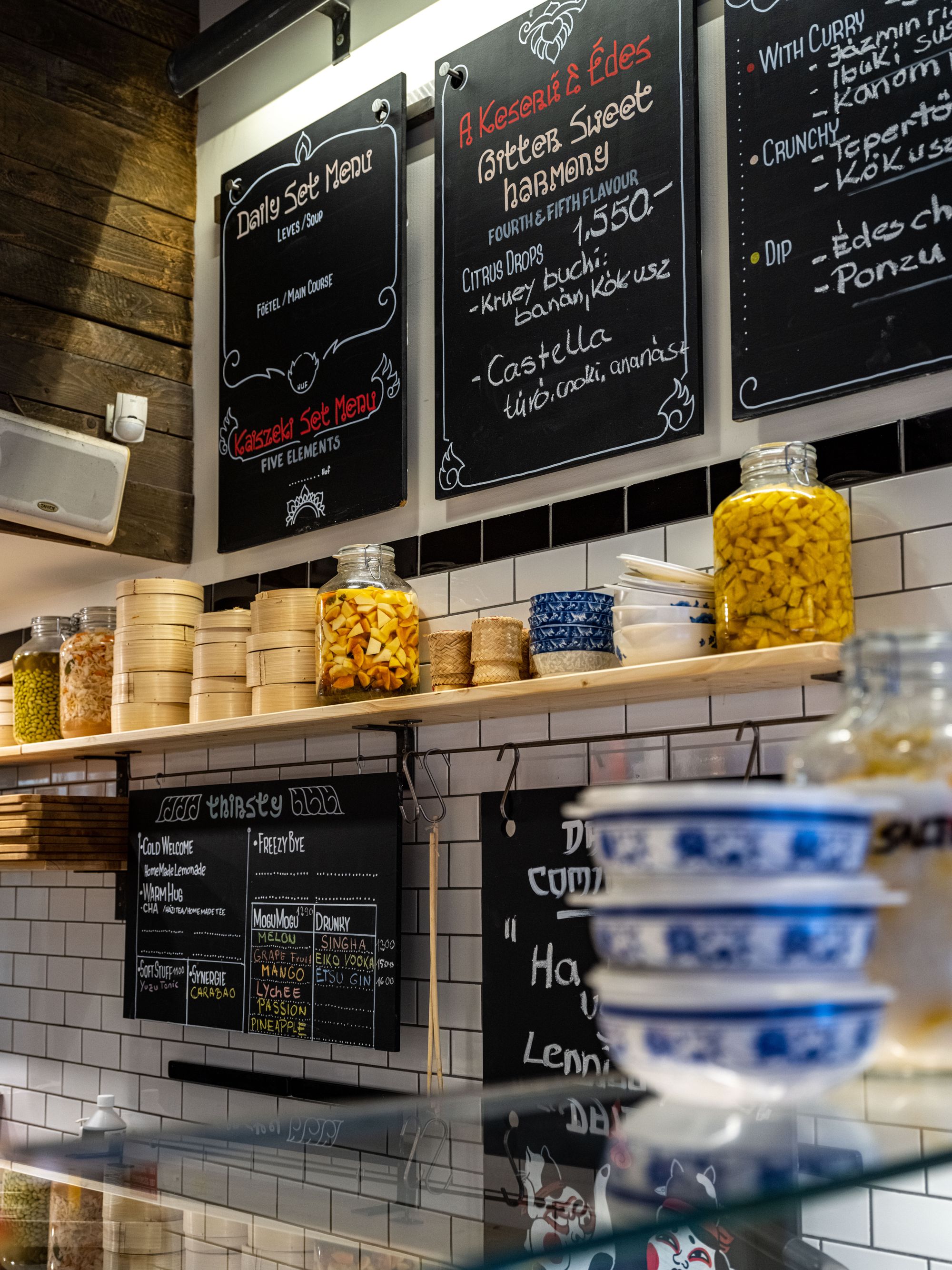
Salt, for example, labels a range of soups, including a full-bodied pho soup with Mangalica meat that was served on my visit. The meat comes from a slaughterhouse in Szob, near Zebegény, based on a master soup that has been aged for months. The kitchen also makes a soft coconut milk Tom Ka Gai, but the biggest surprise was a sweet and sour fish soup with buckwheat soba noodles, grilled mackerel, octopus, and red marlin. It’s refreshing, slightly spicy, with an incredible palette of flavors, yet flawlessly balanced with exciting textures. Acids include pickles, fermented fruits, and vegetables, made on the spot with lactic fermentation. Kimchi, papaya, coconut, edamame, or mushrooms can be enjoyed either as a snack or as a side dish. As well as adding exciting tones to dishes, they are also beneficial thanks to their probiotic content, which aids digestion.
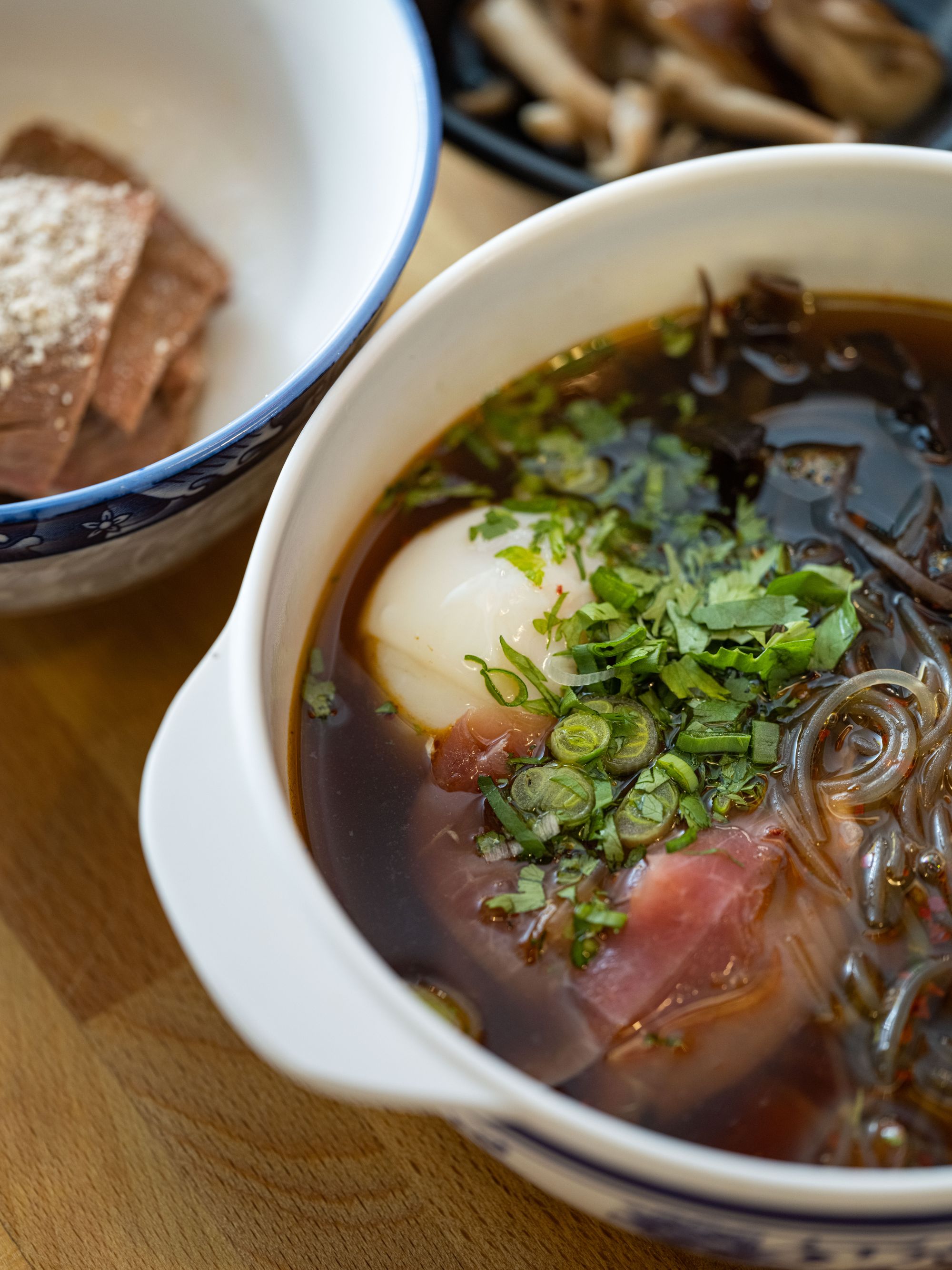
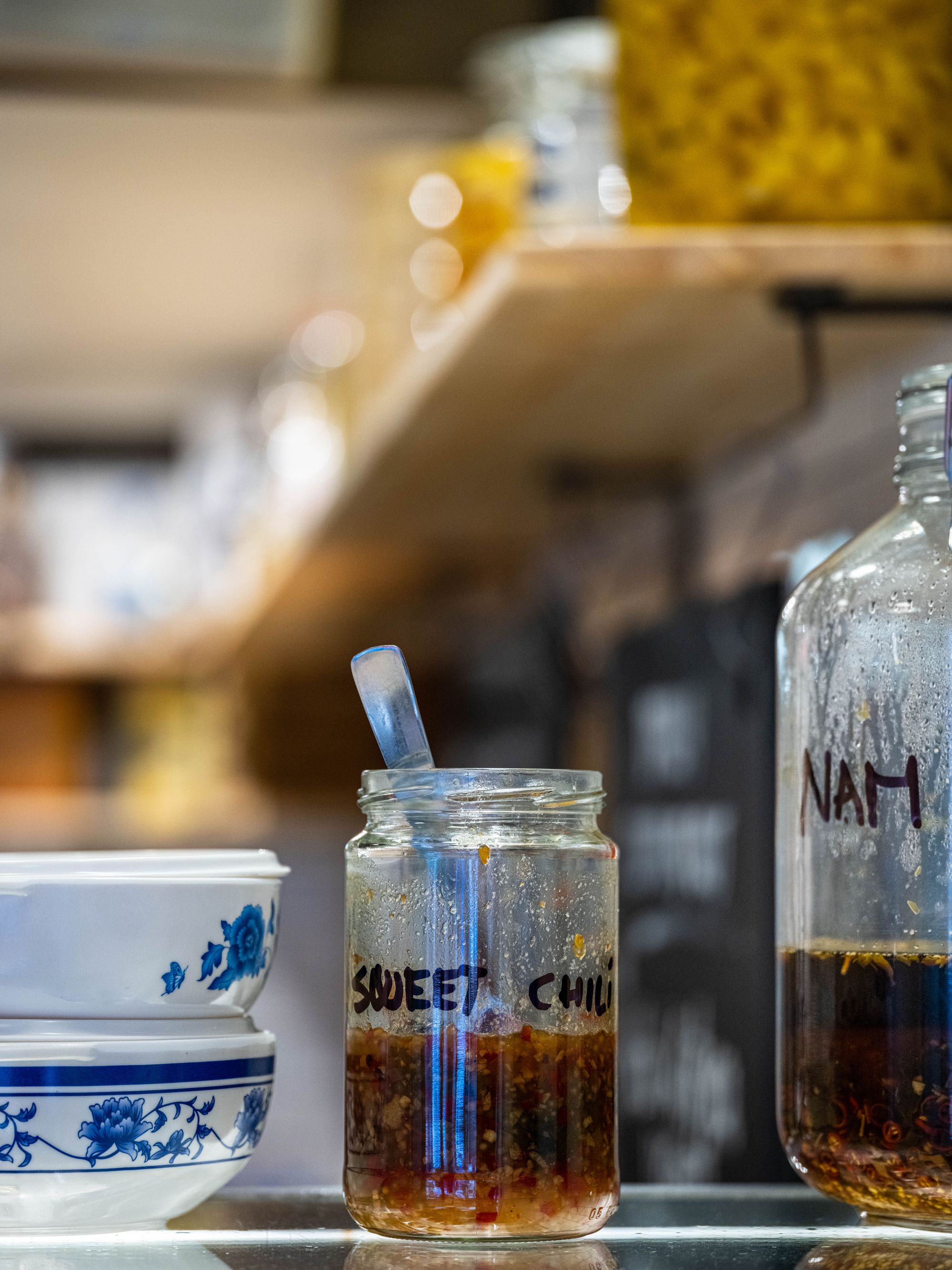
Under Umami, you’ll find the main courses, which always include curry, katsu (i.e. breaded meat), hot wok (a wok noodle dish), and some vegan, free-from creations. There is also space for mushrooms, sauces, noodles, bao and beef, pork, or even water buffalo. In fact, the bone-to-tail approach is inherited from the previous restaurant: when they buy butcher’s meat after slaughter, they use every last bit of it. Nothing is traditional, the curry, for example, is based on an amazingly delicious wild game-like sauce on top of the ground beef, accompanied by a special refreshing mix of greens: coriander, Thai basil, and spring onions. There are so many textures that make up a progressive, but not overwhelming whole, just extreme enough to be digestible, and the spiciness is not overdone, either. If there’s still room in your stomach, you can opt for more mosaics, but dessert and kombucha are also available, of course.
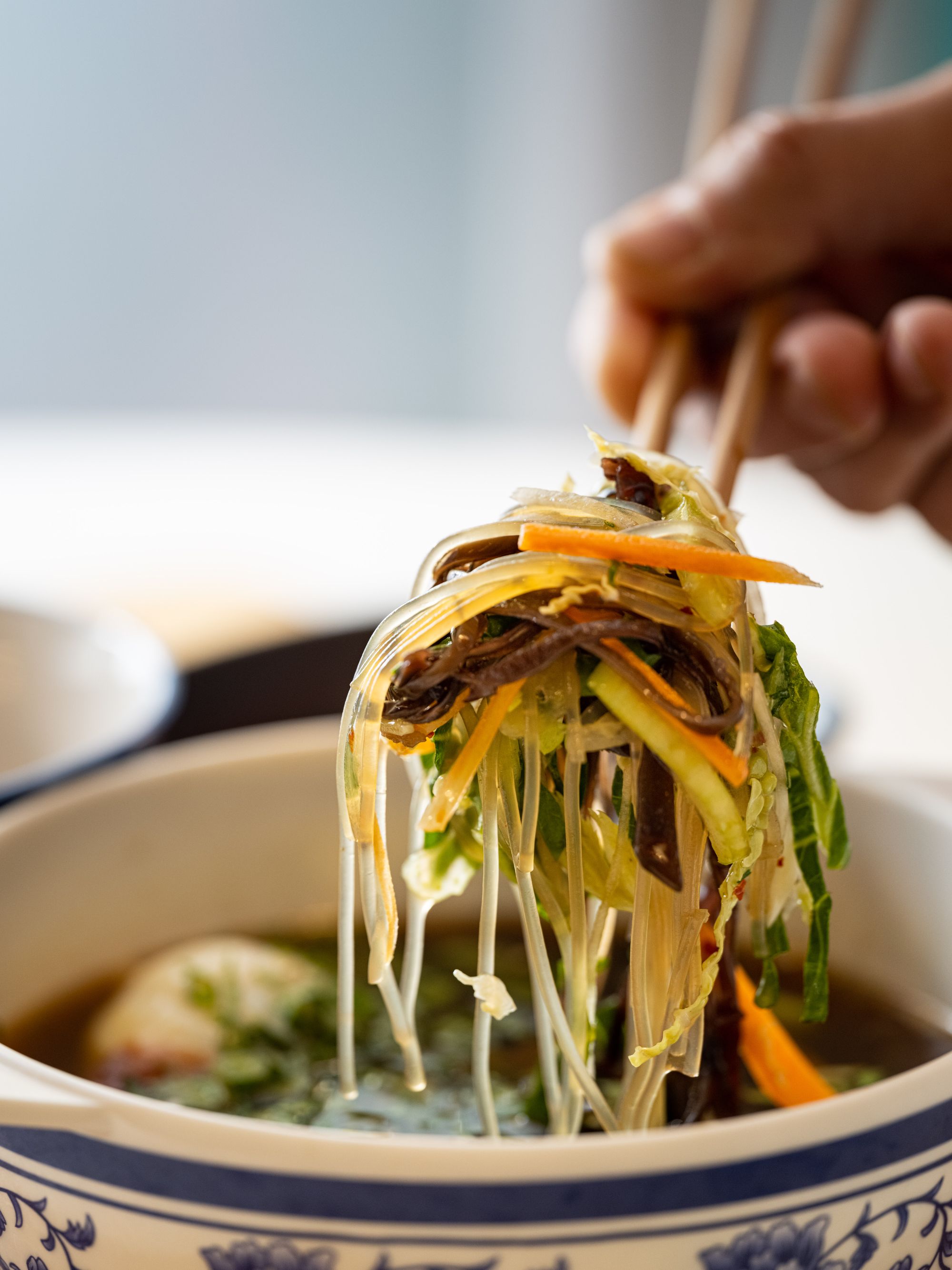
The menu changes weekly and there is now a daily menu at lunchtime featuring two courses. If you book in advance, you can also try the degustation menu, a compact but exciting demonstration of the chef’s technical virtuosity. Although the venue is small, the attention is at a maximum, because, as Dániel repeats Lajos Bíró’s eternal wisdom: we must put aside manners and bring back the gesture of hospitality. Both in terms of the garnish and the food, the guest should feel cared for and become part of the experience. For my part, I really left with a fantastic experience and I predict a raging success for the team.
NÁM—Taste of Asia | Web | Facebook | Instagram
Photos: Antonio Fekete

Gen Y on top—solo exhibitions by Róbert Batykó and Zsófia Keresztes in the heart of Budapest











